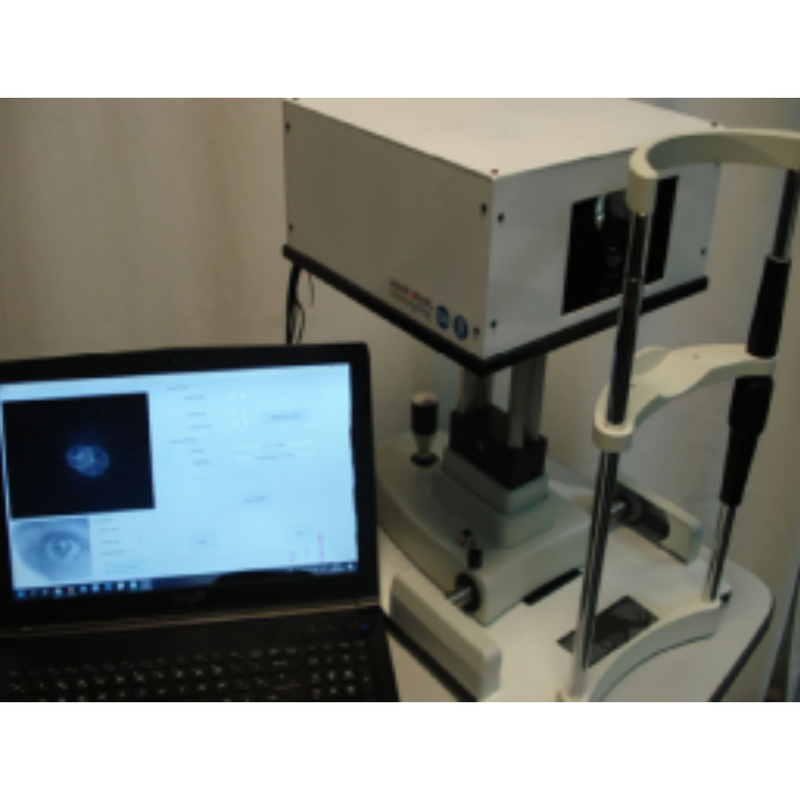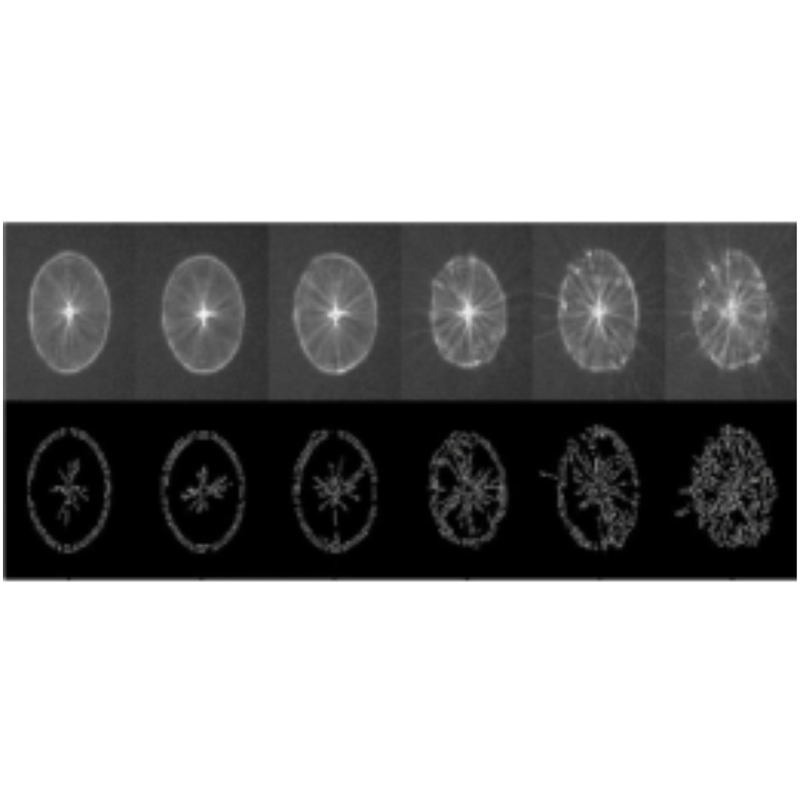Non-invasive method to objectively determine the dynamics of the tear film and diagnose dryeye disease (DED). MKT2019/0164_H
A new system for the assessment of the tear film quality and the diagnosis of dry-eye has been developed. Based on a non-invasive recording of images of the light reflected on the tear-film of the eye, posterior image processing allows the objective assessment of dry-eye. It’s a simple and cost-effective system easy to use in clinics. Ref. MKT2019/0164_H
Non-invasive method to objectively determine the dynamics of the tear film and diagnose dryeye disease (DED). MKT2019/0164_H
A new system for the assessment of the tear film quality and the diagnosis of dry-eye has been developed. Based on a non-invasive recording of images of the light reflected on the tear-film of the eye, posterior image processing allows the objective assessment of dry-eye. It’s a simple and cost-effective system easy to use in clinics. Ref: MKT2019/0164_H
El repte/The challenge
Dry-eye disease is prevalent among 14.5% of population worldwide (17.9% in women and 10.% in men), which is expected to increase in developed countries with continuous aging. Dry eye occurs when the tear film which protect the ocular surface is injured and its normal function is disturbed. This multifactorial disease of the tear film and ocular surface results in symptoms of discomfort, visual disturbance and instability with potential damage to the ocular surface.
There is an increasing difficulty in diagnosing the severity of the condition, as there are not too many modalities to diagnose it, the most common tests used in clinical practice for the diagnosis of dry-eye are either subjective, as questionnaires or invasive as the assessment of stability of tear film or its break-up time.
In recent years great efforts have been made to develop objective and non-invasive methods for dry-eye analysis based on new technologies such as corneal topography, These methods are based in expensive instrumentation with the consequent impact in the cost of the tests for the patients.
La tecnologia/The technology
The system is based on recording images of the light reflected in the tear film of the eye. When blinking is prevented, dry-spots appear in the tear film, which cause in the images the presence of diffraction, interference and phase change effects, due to the hole itself, and speckle, due to the exposure of the corneal epithelium. These phenomena can be quantified by means of a fast imaging processing algorithm based on identifying the existence of different structures in the images.
The technology is non-invasive, and allows the assessment of tear film quality and the diagnosis of dry-eye objectively and at a low-cost. It is a potential candidate to become a gold standard in dry eye care.
Avantatges innovadores/Innovative advantages
- Non-invasive measurement
- Objective assessment of dry eye disease
- Low-cost device and fast processing time
- Easy and friendly use in Ophthalmology Clinics
- Can be incorporated to an existing device as a module or implemented as a standalone instrument
Fase actual de desenvolupament/Current stage of development
A preclinical prototype is available.
Aplicacions i mercat objectiu/Applications and target market
Business opportunity for companies devoted to development of ophthalmic diagnostic equipment and ophthalmologic instrumentation.

New system for the assessment of tear film quality and the diagnosis of dry-eye disease (DED). Non-invasive and objective measurement. Low-cost system to be used in Ophthalmology Clinics.

Temporal changes in images of light reflected on tear film are related with dry-eye disease.
Oportunitats de negoci/Business opportunity
Technology available for licensing with technical suport.
Estat de la propietat intel·lectual i industrial/Intelectual property status
PCT sol·licitada/PCT application
Contacte/Contact
Servei de Gestió de la Innovació
T. +34 934 13 76 23
gestio.innovacio@upc.edu